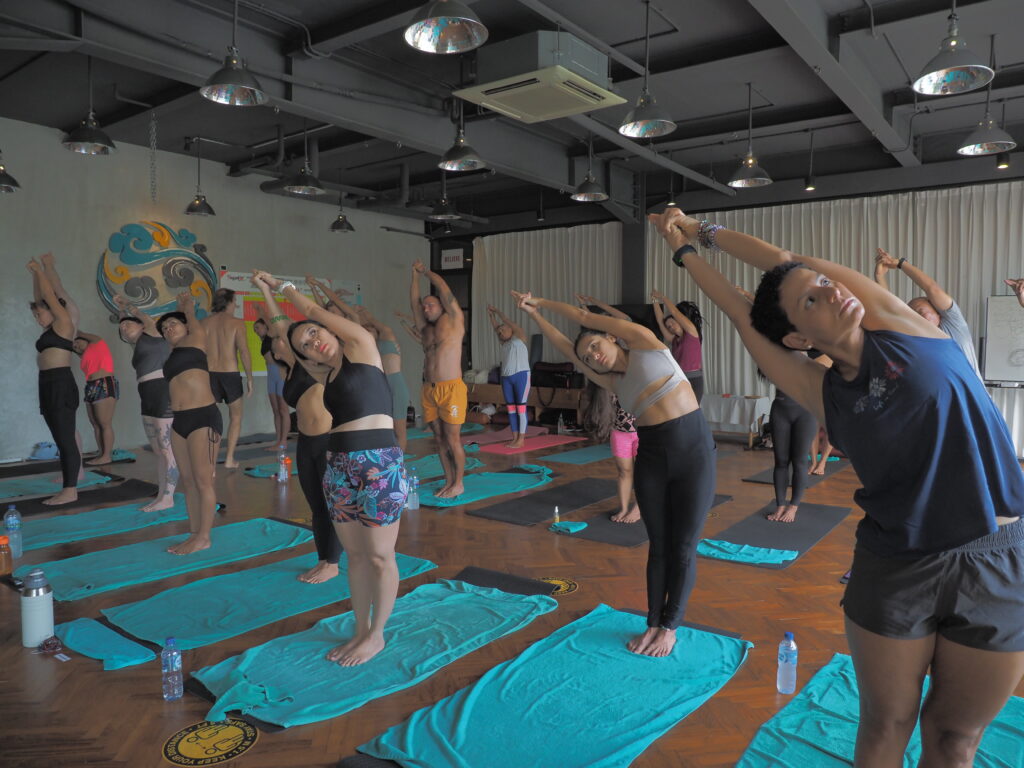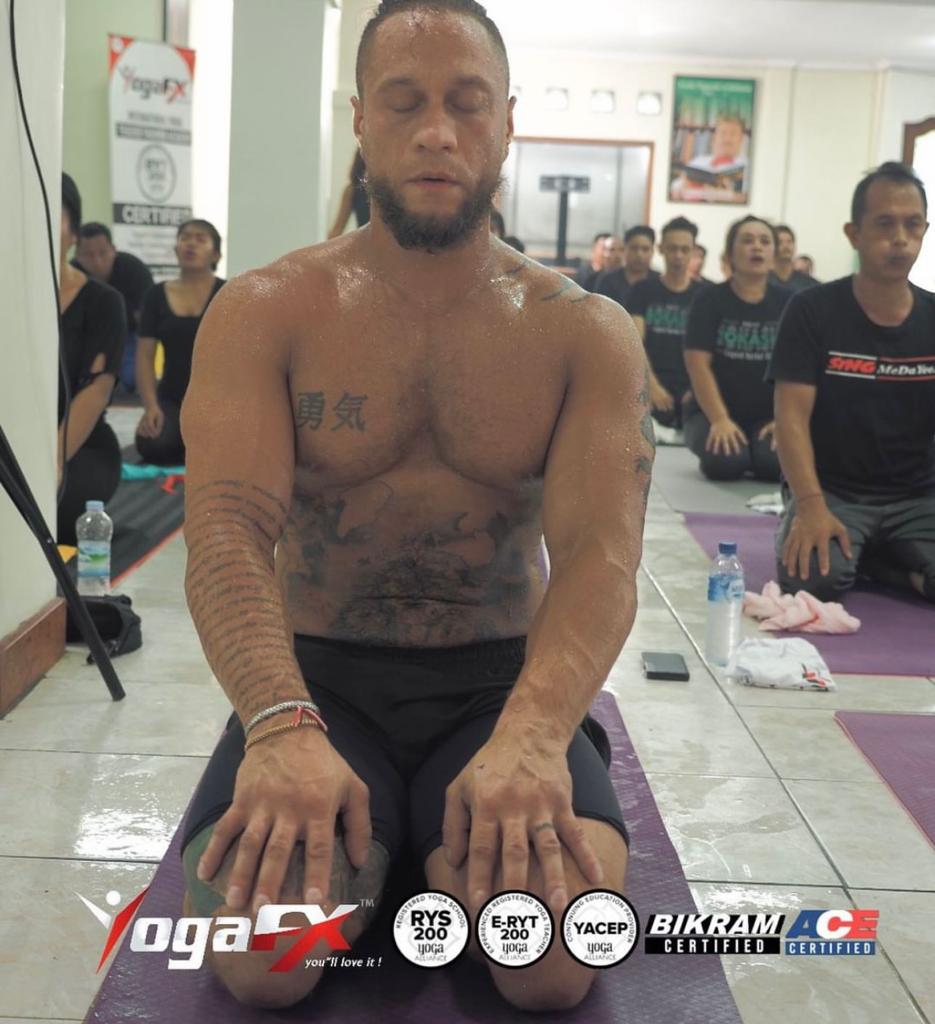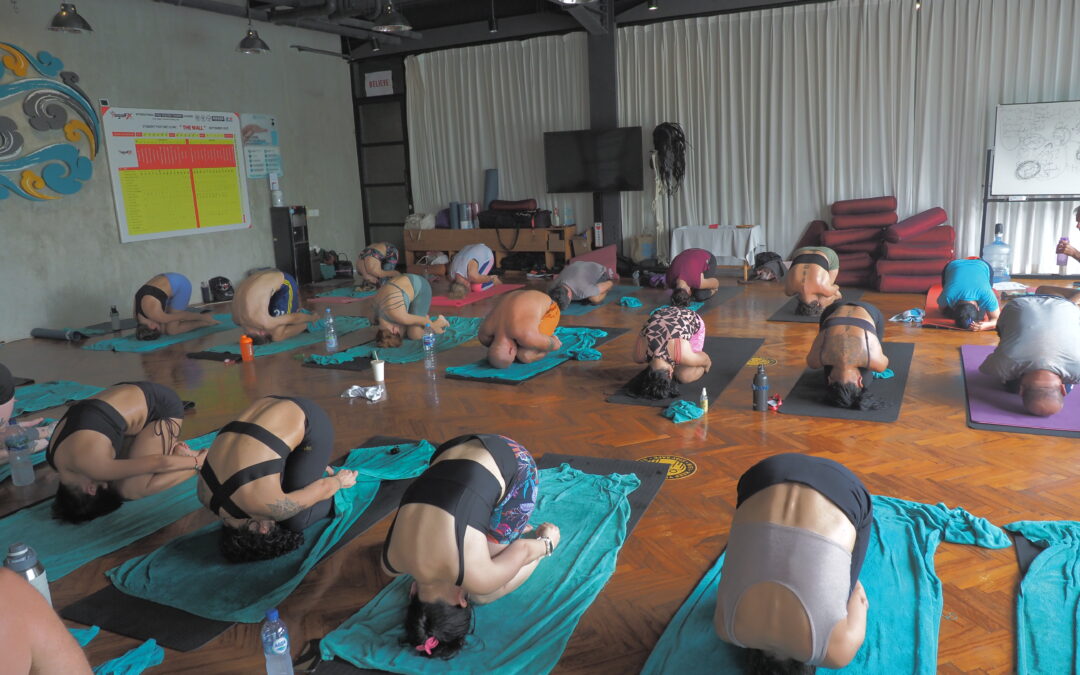When it comes to hot yoga, temperature plays a vital role in creating a unique and invigorating practice. The hot yoga temperature is a crucial element that sets this style of yoga apart from others. Whether you’re practicing hot yoga, 26 and 2 yoga, or Bikram yoga, understanding the impact of temperature can deepen your practice and enhance its benefits. In this article, we will explore the importance of temperature in hot yoga, the benefits it offers, how to find the ideal hot yoga temperature, guidelines for safety, managing temperature in practice settings, adapting to individual needs, and incorporating cooling techniques. Let’s embark on a journey to discover the transformative power of hot yoga temperature and how it can elevate your practice.

The Benefits of Hot Yoga Temperature
Hot yoga temperature creates a unique environment that offers numerous benefits for the body and mind. The heat enhances flexibility and joint mobility by warming the muscles, allowing for deeper stretches and increased range of motion. As you sweat, the body releases toxins, aiding in detoxification and cleansing. The elevated temperature also promotes cardiovascular health by increasing heart rate, improving circulation, and boosting calorie burn. Moreover, the heat helps focus the mind, enabling practitioners to cultivate concentration and a meditative state. By combining physical exertion with a heated environment, hot yoga offers a transformative experience that supports mental and physical well-being.
“There Is No Failure If You Fail In Life It’s Because You Quit Or Give Up On What You’re Doing”
Finding the Ideal Hot Yoga Temperature
The ideal hot yoga temperature varies depending on personal preferences, style of practice, and individual needs. Hot yoga studios typically maintain temperatures ranging from 90 to 105 degrees Fahrenheit (32 to 40 degrees Celsius). However, it’s essential to consider factors such as humidity, class size, and student comfort when determining the ideal temperature. Some practitioners thrive in higher heat, while others prefer a slightly lower temperature. Finding the balance that allows you to challenge yourself while maintaining safety and comfort is key. Experimenting with different temperatures and listening to your body’s signals will help you discover your optimal hot yoga experience.

Hot Yoga Temperature Guidelines and Safety Measures
Maintaining safety during hot yoga practice is of utmost importance. It’s crucial to stay hydrated before, during, and after class to replenish fluids lost through sweating. Recognizing signs of overheating, such as dizziness, nausea, or excessive fatigue, is essential. If you experience these symptoms, take a break, hydrate, and cool down. Adjusting the temperature based on class size and individual needs can ensure a safe and enjoyable experience for all participants. As a hot yoga teacher, it is vital to educate students about the effects of heat, provide guidance on hydration, and encourage students to practice self-care.
Managing Hot Yoga Temperature in Practice Settings
Hot yoga studios employ various techniques to manage temperature and create a comfortable practice environment. Temperature control systems, such as thermostats and ventilation, are used to regulate heat levels. Proper air circulation is essential to ensure fresh oxygen supply and prevent stuffiness. Regular maintenance and cleanliness of hot yoga spaces contribute to a pleasant and hygienic practice environment. Yoga studios, including YogaFX, offer specialized hot yoga teacher training programs, such as Bikram Hot YogaFX, led by Mr. Ian YogaFX. These programs are Yoga Alliance certified and provide comprehensive training to help instructors create and maintain optimal hot yoga environments.
Adapting to Individual Needs and Preferences
As a hot yoga teacher, it’s important to cater to the individual needs and comfort levels of your students. Some practitioners may be more heat-tolerant, while others may require a lower temperature. Offer variations and modifications to accommodate different levels of heat tolerance and physical conditions. Encourage open communication and feedback from your students to create a safe and inclusive space. By fostering a supportive environment, you can empower students to listen to their bodies, make appropriate adjustments, and practice hot yoga in a way that suits their unique needs
Incorporating Cooling Techniques in Hot Yoga
While hot yoga generates heat and intensity, incorporating cooling techniques can help balance the practice and prevent overheating. Introduce cooling poses, such as forward folds or gentle twists, to provide moments of respite from the heat. Teach students to utilize cooling breathwork, such as Sitali or Sheetali pranayama, to cool down the body and soothe the nervous system. Additional techniques, like offering cold towels or using chilled essential oils, can provide a refreshing sensation during practice. Emphasize the importance of post-class cooldown and hydration to support the body’s recovery and restore balance.

Conclusion
Understanding and managing hot yoga temperature is essential for a transformative and safe practice. By harnessing the benefits of heat, such as enhanced flexibility, detoxification, improved cardiovascular health, and mental focus, you can elevate your yoga experience. Explore different temperatures and find the ideal balance that challenges you while ensuring comfort and safety. As you continue your journey as a hot yoga teacher, consider furthering your expertise through specialized hot yoga teacher training programs. One such program is the Bikram Hot YogaFX teacher training offered by YogaFX, led by Mr. Ian YogaFX. This Yoga Alliance certified training equips you with the necessary skills, knowledge, and certification to confidently teach Bikram-inspired hot yoga classes. Embrace the transformative power of hot yoga temperature and embark on a path of self-discovery, growth, and optimal wellness.

